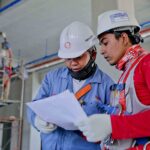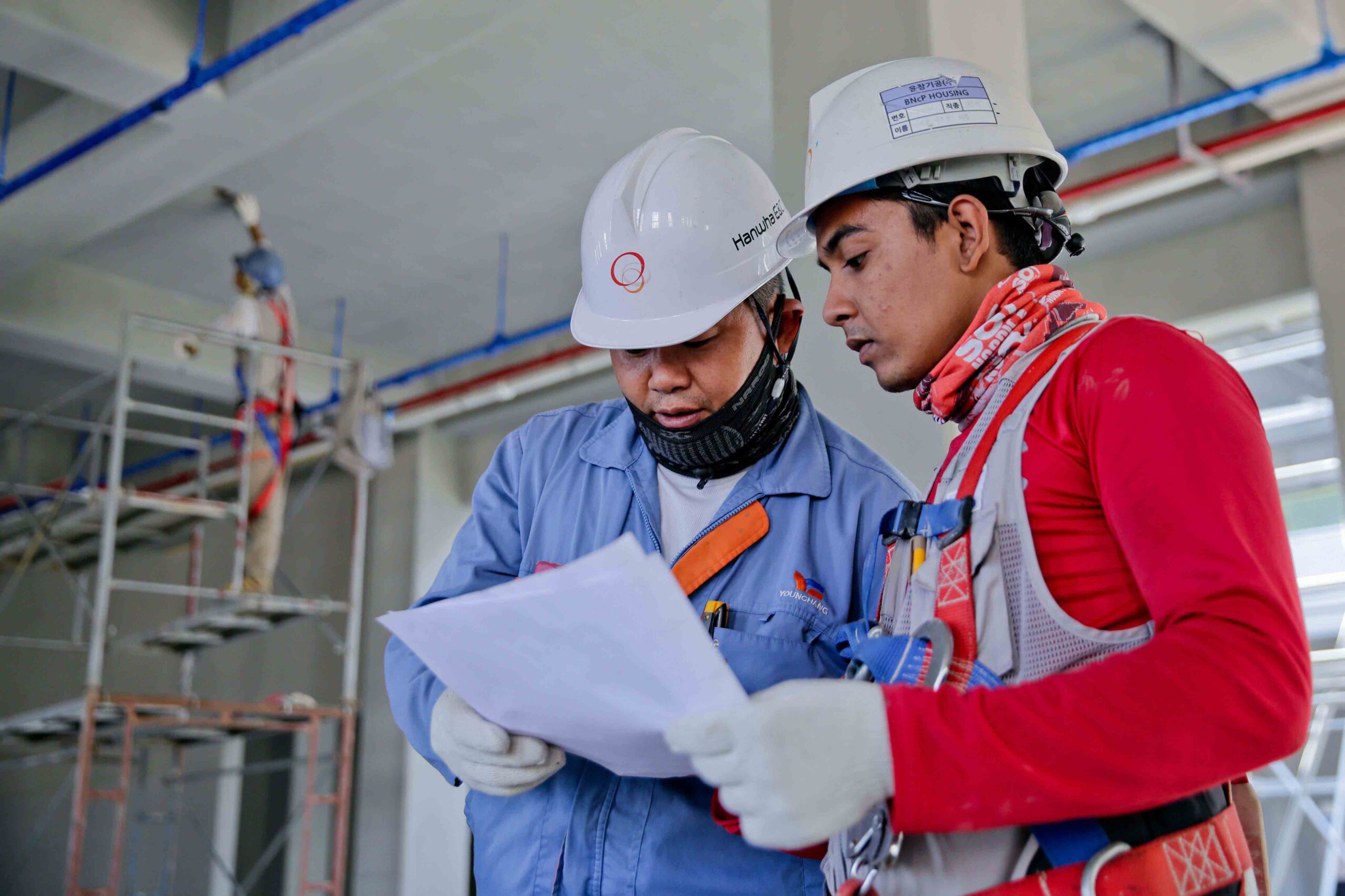Every founder, manager, or investor dreams of assembling the perfect team—a team that can take a startup from idea to scale, adapt to every challenge, and remain successful indefinitely.
Here’s the hard truth: such a team doesn’t exist.
The biggest mistake growing companies make is believing that a successful team today will still be the right team tomorrow. The real game-changer in growth and innovation isn’t about finding a “perfect team.” It’s about evolving the team at the right time.
Yet, most companies treat their teams as fixed structures, expecting the same people to thrive across vastly different phases—Validation, Scale-Up, and Corporate. This rigidity leads to failure, making it harder for companies to scale, sustain momentum, or innovate.
At GrowthGuides, we don’t just analyze teams—we align them with their current growth phase and prepare them for what’s next. Because winning teams don’t stay the same. Winning teams evolve.
WHY MOST TEAM MODELS FAIL
Think about a football team—but imagine if it played every match with 11 goalkeepers or only strikers. It wouldn’t work.
- A team full of goalkeepers would be unbeatable at defence but incapable of scoring goals.
- A team of strikers would attack aggressively but collapse under pressure the moment they needed structure.
Championship teams adjust their lineup and strategy based on their opponent, game phase, and long-term goals—and businesses must do the same.
Yet, most organizations don’t. They build a strong team in their startup phase and assume it will still work in scale-up mode. But just like a football team needs different players for different situations, a business needs to evolve its leadership, skills, and team structure as it grows.
So why do companies fail to do the same?
Most organizations rely on static team models—personality tests, leadership frameworks, and rigid hiring templates— built on two flawed assumptions:
- “If we hire the right people now, they will always be the right people.”
- “Great teams don’t need to change.”
This is a dangerous myth. Knowing when to optimize a team is just as important as knowing how to structure it.
THE SPA MODEL: KNOWING WHEN TO CHANGE
Most founders ask:
“Do we have good people?”
We ask:
“Do we have the right people for where we are now?”
The Startup Phase Alignment (SPA) Model evaluates teams based on key competencies, identifying which are critical at different growth stages:
The Startup Phase Alignment (SPA) Model evaluates teams based on key abilities, identifying which are critical at different growth stages:
Growth Stage | Key Focus |
Validation Stage | Ready to go? |
Early Stage | Ready to grow? |
Later Stage | Ready to scale? |
Scale-Up | Ready to earn? |
Corporate | Ready to innovate? |
How the data can give us some applied insights?
Leadership | Execution | Management | Pivoting & Validating |
Ability to Lead | Ability to Deliver | Ability to Manage | Ability to Validate |
isn’t critical early but essential later | becomes more important over time | takes over leadership in mature companies | matter early but fade later |
· In the Validation phase, founders drive execution themselves. Leadership is minimal. · As companies scale, vision alone is no longer enough—structure and leadership become critical. · In later stages, leadership transitions into management. | · Early-stage companies need fast experimentation, not rigid execution. · In scale-up and corporate phases, execution power outweighs raw innovation. | · Startups thrive on agility, while corporates require structured management. · A company stuck in “startup mode” after scale-up will struggle to execute at high volume. | · Startups must test assumptions quickly and pivot when needed. · But companies that continue to pivot too long will fail to build lasting traction. |
The biggest mistake companies make? They apply the same team structure, skills, and expectations across all phases, failing to evolve when their growth demands it.
BEYOND TEAM ASSESSMENTS: THE THREE DIMENSIONS OF THE ASP MODEL
Most team models assess skills, personalities, or past performance in isolation. But a team isn’t a collection of individuals—it’s a living system that must evolve alongside the company.
Unlike traditional assessments that offer a static snapshot, we focus on how teams function and adapt in real time. At GrowthGuides, we use ASP (Ambition, Superpowers, Performance) to ensure teams aren’t just aligned but optimized for success:
- Ambition & Context: A team without direction is just motion
a. Every company starts with a vision—whether it’s a fast-scaling SaaS startup or a deep-tech company navigating long development cycles.
b. But vision alone isn’t enough. The real challenge is context:
i. What stage of growth is the company in?
ii. What external market forces are shaping its trajectory?
iii. What are the specific obstacles preventing execution?
c. A startup in the Validation Stage needs fast-moving innovators who can pivot quickly.
d. A Scale-Up requires structured leaders who can balance innovation with execution.
e. A Corporate needs high-performing, adaptable teams that continuously innovate.
- Ambition & Context: A team without direction is just motion
- Superpowers: Beyond Roles—Harnessing Individual Strengths
- Most team models categorize people into fixed roles, treating them as fixed assets rather than adaptable contributors.
- ASP takes a different approach: instead of focusing on what’s missing, it highlights what’s already there—the unique strengths, qualities, and preferences of each team member (‘superpowers’).
- A strong team isn’t just about hiring the right people; it’s also about ensuring they are playing the right game at the right time.
- Performance: Measuring More Than Just Results
- Traditional performance assessments focus on individual output and past success, but yesterday’s success doesn’t guarantee tomorrow’s growth.
- ASP evaluates:
- Team dynamics: How well does the team communicate, collaborate, and problem-solve?
- Identifying gaps: Where is the biggest friction—strategy, execution, or alignment?
- Continuous adaptation: Is the team evolving with the company’s changing needs?
- Performance isn’t just about hitting KPIs—it’s about ensuring the team can execute today and adapt for tomorrow.
THE LENS TO APPROACH TO TEAM SUCCESS
Most assessments look at teams through a single lens—personality, leadership traits, or past performance. With ASP, organizations can track team evolution in real-time and prevent stagnation before it happens.
🔹 Ambition without execution leads to stagnation.
🔹 Strengths without alignment lead to wasted potential.
🔹 Performance without adaptation leads to irrelevance.
By shifting from static assessments to real-time team intelligence, organizations can ensure their teams don’t just function—but thrive. With ASP, you receive not just diagnostics, but a concrete, actionable roadmap for sustainable growth.
THE HARD TRUTH: YOUR BEST PEOPLE MIGHT NOT ALIGN WITH THE CURRENT PHASE
Every company faces this moment:
- A once-thriving team starts slowing down progress.
- The original founders struggle to adapt to the next phase.
- The culture that made early success is now holding the company back.
Most organizations make one of two mistakes:
- They don’t change at all—and stall.
- They change too late—and fail.
The best companies don’t let it get that far. They analyze, adjust, and move forward—before it’s too late.
THE GROWTHGUIDES APPROACH: ALIGN, ADAPT, ACCELERATE
Static teams fail. Evolving teams win.
We guide companies through three critical shifts:
- Aligning the team with the right growth phase
- If you’re in the Validation Stage, you don’t need senior managers—you need fast-moving experimenters who can pivot quickly.
- If you’re in Scale-Up, you don’t need wild innovators—you need operational leaders who bring execution power.
- Adapting the team when the company evolves
- The “A-team” of the Early Stage may become a bottleneck in Later Stages.
- The startup that thrives on chaos needs structure to grow—without killing its innovation.
- Accelerating success through real-time team insights
- With TeamAnalyser, we don’t just assess people—we map their strengths to where they add the most value.
GROWTHGUIDES: THE FUTURE OF TEAM VALIDATION
- At GrowthGuides, we believe team validation is just as important as market validation.
- We don’t just measure skills—we align growth strategy, team composition, and execution power.
- We don’t do “flat assessments”—we track how your team needs to evolve to keep winning.
Understanding when and how teams must evolve ensures organizations don’t just survive—but scale. That’s why GrowthGuides isn’t just a coaching model—it’s a game plan. Because in a world where winning teams always evolve… The smartest companies don’t wait for change. They lead it.
IS YOUR TEAM READY FOR ITS NEXT GROWTH PHASE?
- Let’s talk. Visit us at GrowthGuides
- Try the Team Scan to see if your team is built for its current phase.







